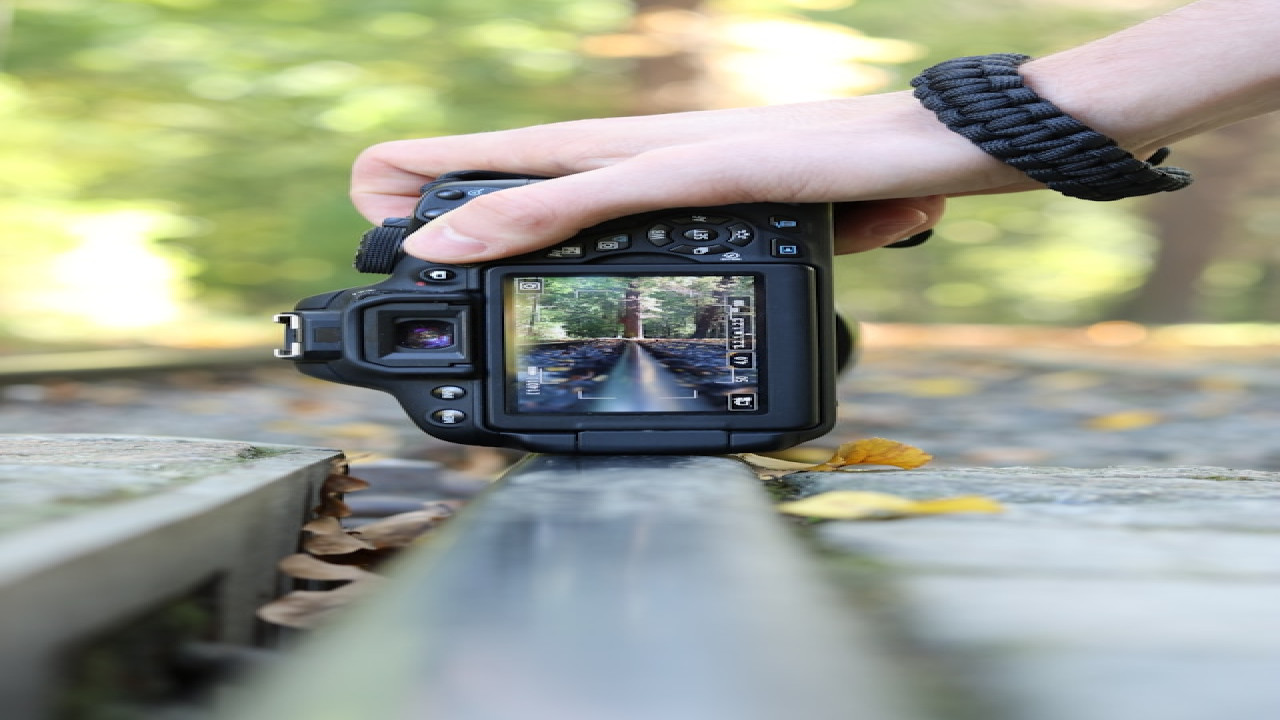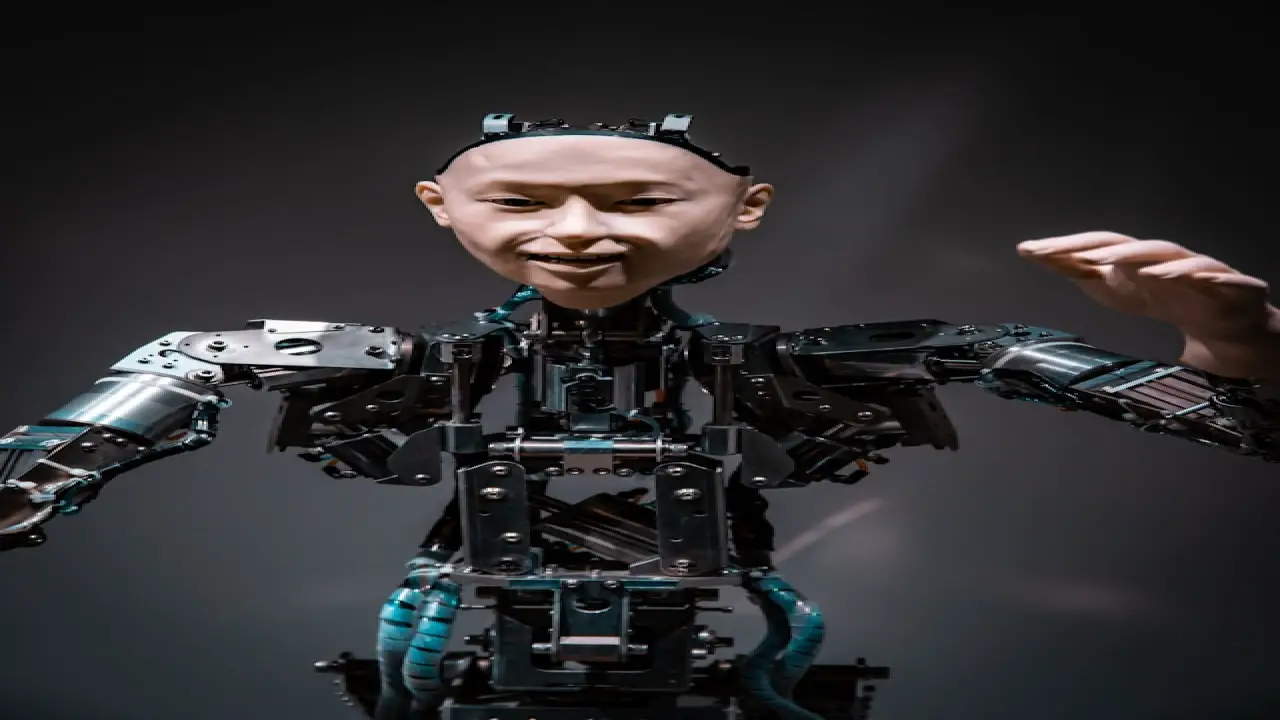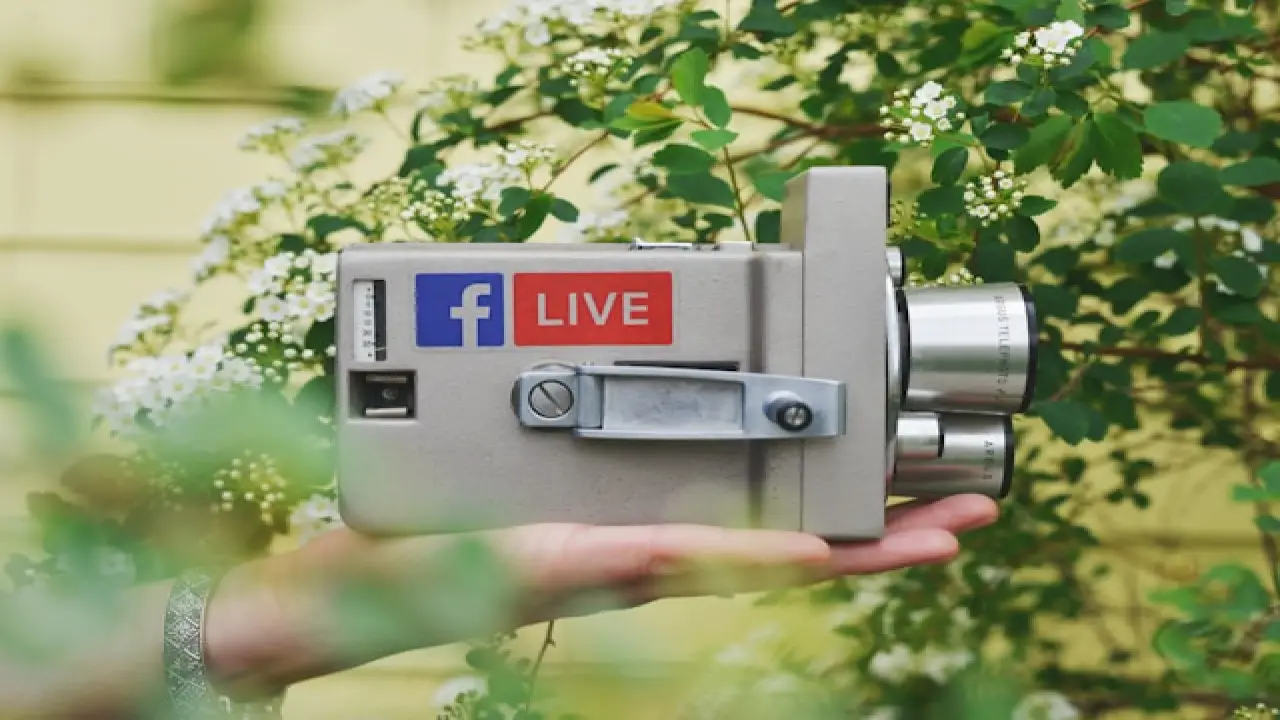Capturing Moments Through Time: A Journey Through Camera History
The history of the camera is a fascinating tale of innovation, spanning centuries and continents. From ancient pinhole devices to modern digital marvels, the evolution of the camera has revolutionized the way we capture and preserve moments in time.
The earliest precursor to the camera can be traced back to ancient civilizations, where simple pinhole devices, such as the camera obscura, were used to project images onto surfaces. These rudimentary devices laid the groundwork for the development of more sophisticated optical instruments in the centuries that followed.
In the 19th century, the invention of the daguerreotype by Louis Daguerre and the calotype by William Henry Fox Talbot marked significant milestones in camera history. These early photographic processes allowed for the creation of permanent images on light-sensitive surfaces, paving the way for the democratization of photography.
The late 19th and early 20th centuries saw rapid advancements in camera technology, spurred on by inventors such as George Eastman, who introduced the Kodak camera and roll film in the 1880s. This revolutionary innovation made photography more accessible to the masses, as amateur photographers could now capture and develop their own images without the need for elaborate darkroom equipment.
The 20th century witnessed further breakthroughs in camera design, with the introduction of 35mm film, autofocus systems, and eventually digital imaging technology. The transition from analog to digital photography marked a paradigm shift in the industry, offering photographers unprecedented control over image capture and manipulation.
Today, cameras come in all shapes and sizes, from compact point-and-shoots to professional-grade DSLRs and mirrorless systems. The rise of smartphone photography has further democratized the medium, putting high-quality imaging capabilities in the hands of billions of people around the world.
Looking ahead, the future of the camera promises even greater innovation, with advancements in computational photography, artificial intelligence, and virtual reality shaping the next generation of imaging devices. As we continue to push the boundaries of what is possible with the camera, one thing remains constant: the timeless allure of capturing moments through the lens of history.









Comments (0)